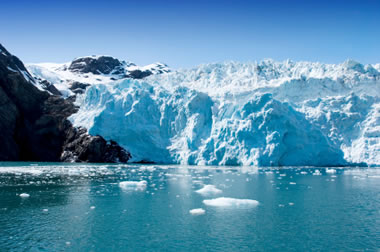For people who want to control their weight or reduce their intakes of sugar, sodium and saturated fat, tap water may be what the doctor ordered.
A new study that examined the dietary habits of more than 18,300 U.S. adults found the majority of people who increased their consumption of plain water — tap water or from a cooler, drinking fountain or bottle — by 1 percent reduced their total daily calorie intake as well as their consumption of saturated fat, sugar, sodium and cholesterol.
 People who increased their consumption of water by one, two or three cups daily decreased their total energy intake by 68 to 205 calories daily and their sodium intake by 78 to 235 milligrams, according to a paper by University of Illinois kinesiology and community health professor Ruopeng An. They also consumed 5 grams to nearly 18 grams less sugar and decreased their cholesterol consumption by 7 to 21 milligrams daily. Read more
People who increased their consumption of water by one, two or three cups daily decreased their total energy intake by 68 to 205 calories daily and their sodium intake by 78 to 235 milligrams, according to a paper by University of Illinois kinesiology and community health professor Ruopeng An. They also consumed 5 grams to nearly 18 grams less sugar and decreased their cholesterol consumption by 7 to 21 milligrams daily. Read more





